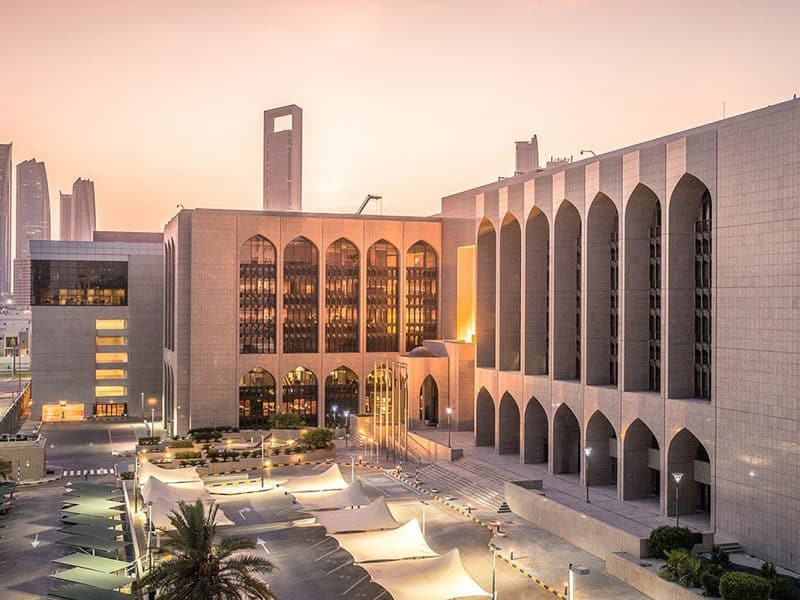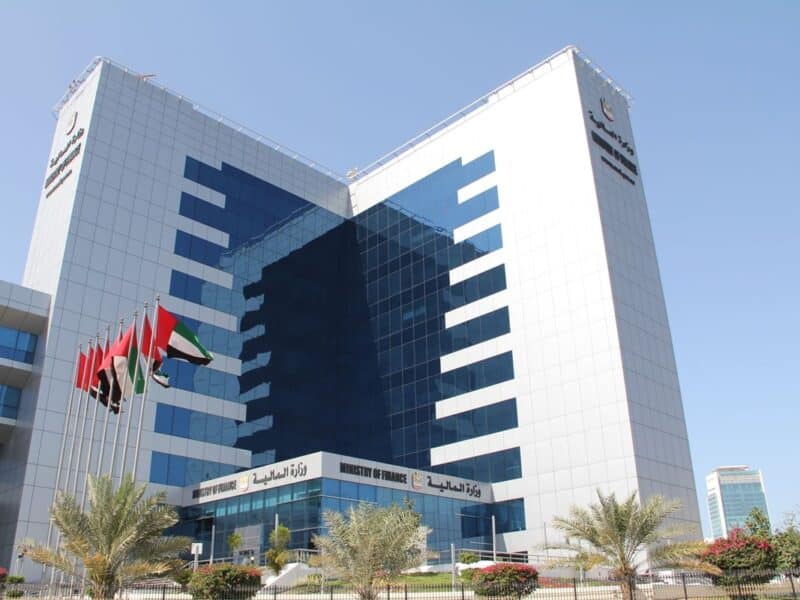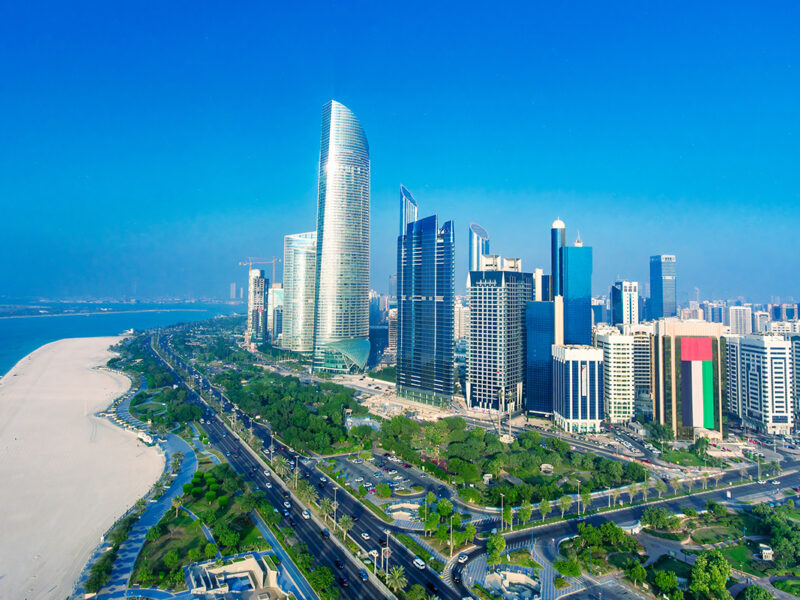India has retained its spot as the world’s top recipient of remittances this year, with its citizens sending as much as $80 billion back home, according to the latest edition of the World Bank’s Migration and Development Brief released on Saturday.
It is followed by China ($67bn), Mexico and the Philippines ($34bn each) and Egypt ($26bn), the report said.
It estimates that remittances to developing countries will rise 10.8% to reach $528bn in 2018, following a 7.8% growth in 2017. Global remittances are expected to grow 10.3% to $689bn.
India has registered a substantial flow of remittances in the past three years, increasing from $62.7bn in 2016 to $65.3bn in 2017, when remittances constituted 2.7% of the country’s GDP.
Remittances to South Asia are expected to grow 13.5% to $132bn in 2018, compared to a slower 5.7% in 2017. This is due largely to stronger economic conditions in advanced countries such as the US, as well as an increase in oil prices positively affecting some GCC countries including the UAE. The Gulf country reported a 13% growth in outflows for the first half of 2018.
Bangladesh and Pakistan experienced strong upticks of 17.9% and 6.2% in 2018, respectively.
However, remittances for South Asia are likely to drop to 4.3% in 2019 as a result of growth moderation in advanced economies and lower migration to the GCC.
On the other hand, remittances to the MENA region are projected to grow by 9.1% to $59 billion in 2018, compared to 6% in 2017, due to Egypt’s rapid remittance growth of 14%.
While the region is likely to experience continued growth in remittances in 2019, according to the report, it will do so at a slower pace of 2.7% as a result of lower oil prices and nationalisation policies of Saudi Arabia which ban foreign workers from certain sectors as of 2018.
Overall, future remittances to low- and middle-income countries are expected to grow 4% to reach $549bn in 2019, while global remittances are expected to grow 3.7% to $715bn in the same year.
While the global average cost of sending $200 remains high at 6.9% in Q3 2018 (due to practices such as de-risking action of banks) reducing it to 3% by 2030 is a global target under Sustainable Development Goal (SDG).
“Even with technological advances, remittances fees remain too high, double the SDG target of 3%. Opening up markets to competition and promoting the use of low-cost technologies will ease the burden on poorer customers,” said Mahmoud Mohieldin, Senior Vice President for the 2030 Development Agenda, United Nations Relations, and Partnerships at the Bank.
The average cost of remitting in South Asia was the lowest at 5.4%, while Sub-Saharan Africa continued to have the highest at 9%.







